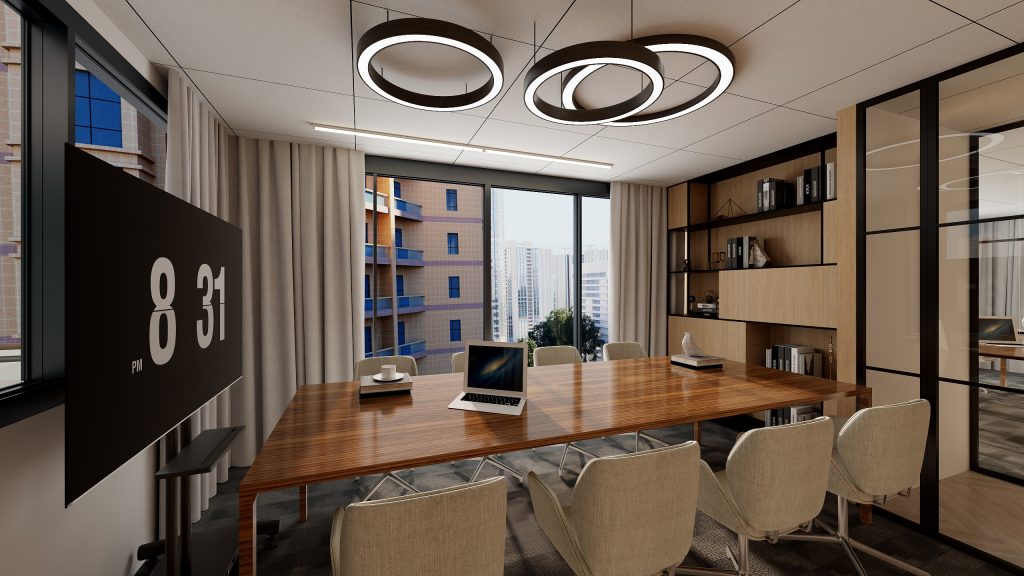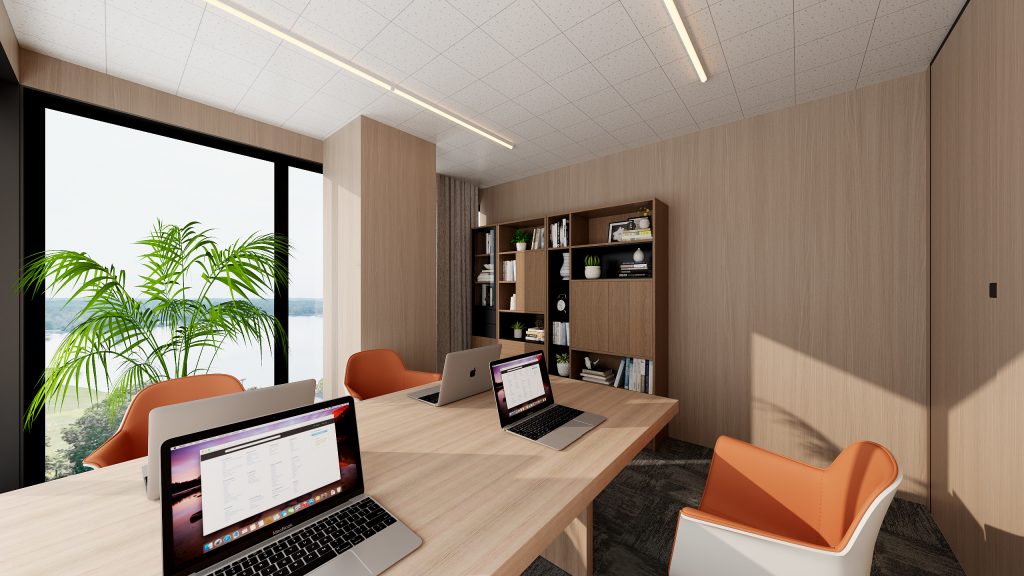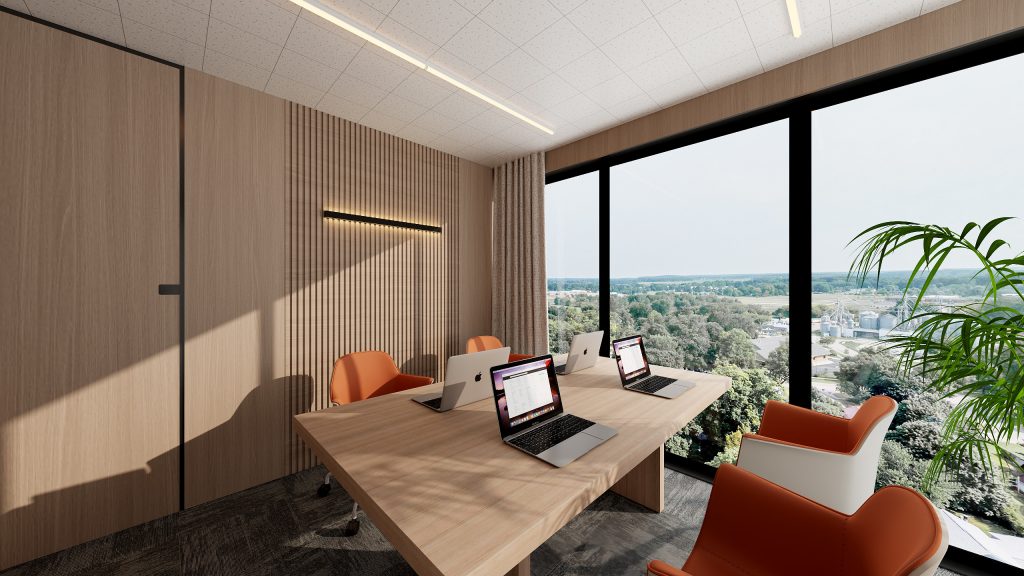A comfortable, simple and elegant office space will inevitably improve the happiness of employees. The initial challenge of the office market is to create a space to attract members who are looking for a cooperative and pleasant working environment, while providing them with a comfortable experience. Shared offices establish a new office model to create a new and innovative experience.
Shared offices are divided into shared office areas and independent offices. The shared office area provides an open space for entrepreneurs, while shared offices can meet the needs of 1-200 people. In addition to office space, there are also leisure areas, conference room, coffee areas, multi-functional conference rooms, etc. Programmatic design focuses on creating closed workspaces while using the core of the building as an open space for public functions, including gathering places and informal work areas.

Shared office area: Advantages of open office design in shared offices: Reduce costs. Generally speaking, the price of open office workstations is lower than that of closed office workstations. Improve the space utilization rate of office environment. Managers have more opportunities to contact employees, which is convenient for further communication with employees. Especially for a team, the open office design of shared offices can deepen their connection and make communication smoother. In an open space, managers can easily supervise and guide employees at a glance. Office equipment can be shared to form centralized management and services. Because there are no partitions in the open area, it gives people a grand and spacious feeling, and it is unrestrained and particularly comfortable to work. In the past, business dealings between people were often based on acquaintances, that is, acquaintance society. If someone needs some resources and a friend happens to have idle resources, he can share them with his friends. This actually has the characteristics of a sharing economy, because it conforms to the essence of the sharing economy – to activate idle resources, share them with others, thereby improving the utilization efficiency of social resources. Shared offices are different from other shared offices, opening up a new situation of “everyone for me, I for everyone”.
Independent office: The closed office environment design of a shared office is also called the traditional office environment design, which refers to the office environment design layout that uses walls or partitions to divide the office space into several independent spaces. Each room has one or more working stations, and is generally designed according to different work tasks or functional divisions. However, if an enterprise joins a shared office and becomes a member, it can rely on the advantages of a shared office to share various office resources and enjoy office workstations at a low cost. In this way, the company is exempted from the need to conduct its own research, site selection, design and decoration, purchase of office supplies, etc., saving time, while allowing start-up companies to avoid initial capital pressure, greatly reducing the company’s operating and management costs, and laying a good foundation for the healthy development of the company. At the same time, it also greatly improves the utilization rate of office resources in the space. Advantages of closed office design. It can meet the ideal office requirements of single office and noise-free office environment, and is relatively safe. It is easy for employees to concentrate and avoid external interference, and is suitable for highly professional and meticulous work. Strong confidentiality.

The difference between shared office and traditional office
In the process of expanding the scale of business and deploying to various cities, many companies must first have a suitable office location for the team to work. Choosing a traditional office will face many problems such as annual rent, site selection, office decoration design, etc., which invisibly causes too much unnecessary costs.
Shared offices are more flexible, office workstations and lease periods can be adjusted according to corporate needs, and there is a front desk for service, which meets the needs of more companies now.
What are the advantages of shared offices?
1. Compared with traditional offices, shared offices have larger spaces. Compared with the cold cubicles in office buildings, you can get in touch with different office workers in shared spaces.
Communicating with others about work in public areas, broadening your mind, and even expanding your network in communication can help you get more resources. A wider space can bring you more inspiration. At the same time, going to work becomes an interesting thing and is no longer boring.
2. The high rent of commercial buildings is a headache for many large corporate branches and small and medium-sized enterprises, but shared offices are different. Its advantage is that it can reduce office expenses. Renting a workstation in a shared office costs three or four times less than renting an individual one.
3. The most obvious thing about shared office spaces is the sense of convenience. You can share public spaces and facilities such as WiFi, conference rooms, cafes, printers, fax machines, etc. In addition, the company will provide some additional services such as financial and legal consulting, which is extremely convenient for

